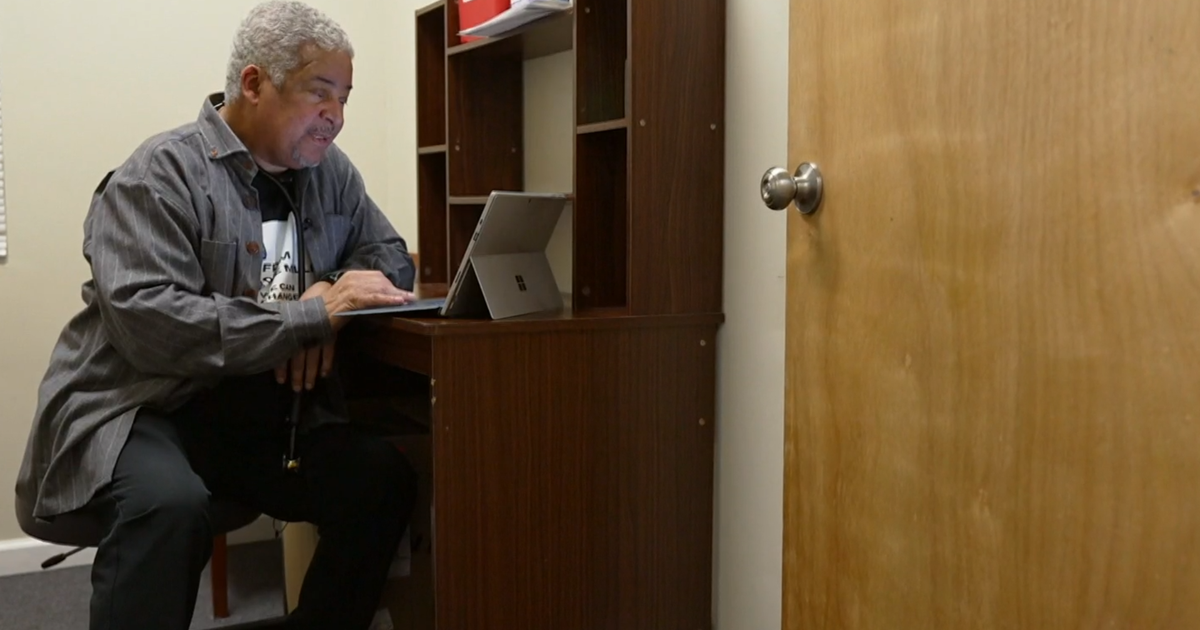The James Webb telescope shows a "question mark" in deep space. What is the mysterious phenomenon?
The James Webb telescope captured another spectacular image of space, but this one stood out – because there appeared to be a mysterious question mark shape floating among the stars. The image quickly went viral this week, with social media users questioning if it is a sign from aliens. So, what is the question mark?
Matt Caplan, an assistant physics professor at Illinois State University who has a doctorate in the subject, told CBS News seeing a recognizable shape in space is not uncommon. "You might be surprised how often things in space look like recognizable shapes. There are only so many simple shapes, and our brains are pretty good at pattern recognition, even when the pattern is meaningless," he said via email.
The tendency of the brain to perceive a pattern is called pareidolia, he said. "It's the same reason you'll 'see' all sorts of fun things when you look at clouds, or 'hear' strange lyrics when you listen to a song backwards," he said. "The lower the resolution and the fuzzier the stimulus, the more the human brain tends to fill in."
So, our brains are interpreting the shape as a question mark. One theory as to why a question mark shape would appear in space is that the telescope captured galaxies merging, which is another common occurrence, Caplan said.
As many as 10% to 25% of galaxies may be merging together at any given time, he said.
"Many people think of galaxies like these little islands in space that don't move, but nothing in the universe can be pinned down," he said. "Stars move as they orbit the galaxy, and the galaxy – being made of gas and stars – moves whatever direction the gravity of nearby galaxies pulls it. The same is true of our sun and Milky Way, for the record."
Galaxies fling stars and gas into tidal tails when they merge together. Tidal tails are long streams of stars that can look curved. So, the curved shape that made the question mark could be a tidal tail.
The image taken by the telescope, released last month, shows Herbig-Haro 46/47, which is a star forming cloud, Caplan explained. On the telescope, stars look like objects with six points. That's why the question mark is likely not just another star – it doesn't look like the rest.
Macarena Garcia Marin, a Webb project scientist at the Space Telescope Science Institute, told CBS News she believes a galaxy merger is the most likely explanation. "Looking at the image in detail you can see two bright spots that could be the nuclei of the galaxies and the rest of the structure would be the tidal tails result of the interaction process. Additional data will be needed to further understand the nature of the structure," Marin told CBS News via email.
Caplan said the photo is the highest resolution image of HH 46/47 to date and can teach scientists more about the star forming cloud. "About the question mark? That's just an amusing curiosity. This entire story is the astronomy equivalent of 'Local Man Finds Chicken Nugget Shaped Like George Washington,'" he said.





